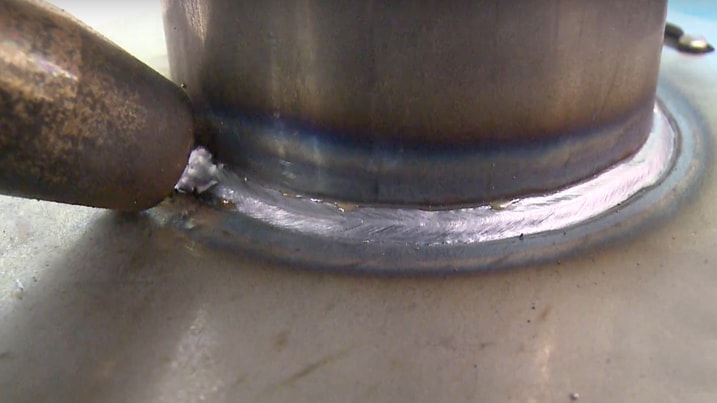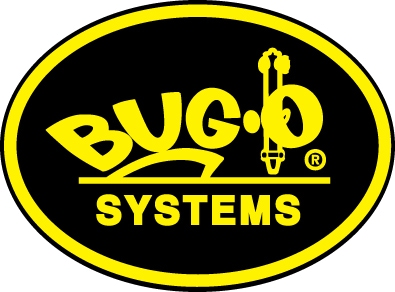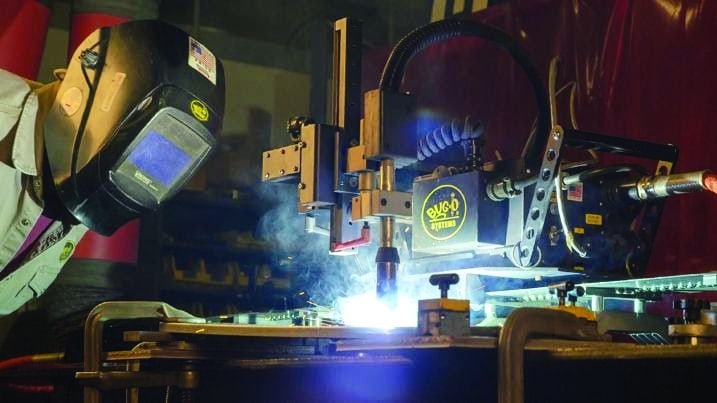The rise in robotic automation and welding mechanization has opened up a new world of possibilities for fabricators and welding-intensive industries. The shipbuilding, resurfacing/rebuilding, and other industries that rely heavily on welding processes can greatly benefit from mechanization.
Companies in these industries face the challenge of increasing production and becoming more efficient in their manufacturing process. Welding mechanization offers them the opportunity to increase productivity, reduce costs, and improve the quality of the welds.
Relying solely on manual welding processes can carry several risks, including unpredictable operating conditions, operator fatigue, contamination, and excessive heat loss.
This article explores how welding mechanization can improve manufacturing production and how customers can benefit from the operator-controlled equipment offered by Bug-O Systems.
Risks of Manual Welding Processes
The origins of welding date back thousands of years ago, when blacksmiths heated and hammered metal pieces together. The methods used back then needed to be revised and needed more efficiency. Present technology now provides the ability to make welds using machines that control many operations of the process, even including intelligent machines that adapt and adjust depending upon the external conditions.
Manual welding is still widely used today. However, these methods are prone to several risks, such as:
- Unpredictable operating conditions due to the need for more control over parameters like amperage, travel speed, welding angles, stick out, and wire feed speed.
- The risk of contamination and dirt from the manual handling of components to be welded.
- Resulting in weld quality issues due to inconsistent heat input of manual welding processes.
- Manual welding presents a greater risk of mistakes compared to mechanized. Performing a weld with mechanized control results in more precise and consistent welds. This is due to factors such as operator fatigue, ergonomics, and welding position affecting the welder and the resulting weld. Mechanized welding allows longer continuous welds eliminating starts and stops. These in the weld account for more welding defects. Continuous welds are less likely to exhibit faults.
- Manual welding processes do not allow for repeatability or scalability–meaning that it would be difficult to execute multiple identical welds or scale up production quickly when needed. The improved control provided by mechanized welding allows the process to be repeated at other locations in the workplace or even at other facilities within the company.
How Welding Mechanization Increases Manufacturing Production
Welding mechanization presents multiple advantages to fabricators and welding-intensive industries looking for methods to increase production in their manufacturing process.
Here are five facts that illustrate how welding mechanization can increase manufacturing production:
1. More Safe and Favorable Conditions for Operators
Mechanization allows operators to work with lower fatigue levels since they are not required to remain in awkward positions or make repetitive motions during long shifts.
2. Consistent Quality in Welds
Welding mechanization is not subject to the confinements of human dexterity, so all welds are consistent in quality and strength. The precise and repeatable nature of mechanized welding operations also ensures that defect rates are kept to a minimum and that all welds meet customer specifications.

3. Precise Speed and Path Control
Mechanized welding systems are designed to deliver consistent results at regulated travel speeds enabling more accurate and repeatable results than manual welding can achieve.
4. Lower Material Handling Costs
Mechanized welding systems reduce the need for manual handling of components to be welded by taking the machines to the work, decreasing labor costs. Mechanization also reduces the risk of contamination from manual handling, resulting in higher-quality welds in a fraction of the time.
5. Reduced Distortion and Heat Loss
Mechanized welding systems can provide consistent and precise welds with reduced distortion and heat loss, reducing rejection rates.
6. Rapid ROI
Due to the above benefits, mechanization can quickly deliver a return on investment (ROI) for welding-intensive industries by reducing operational costs and boosting production.
Industries That Benefit From Welding Mechanization
Overall, mechanized welding processes can improve productivity while reducing labor costs, and distortion due to inconsistent heat input, manual handling of components, and contamination. Some industries can especially benefit from the advantages of welding mechanization. The following are some of the most common:
Shipbuilding
For the production of ship hulls, large-scale mechanized welding processes can be used to ensure precise welds and reduce time spent on manual welding.
Resurfacing/Rebuilding
In the case of resurfacing or rebuilding operations, mechanization reduces turnaround times and improves weld quality.

Plate Fabrication
Automated welding systems are used in plate fabrication operations to deliver consistent welds with lower distortion and fewer defects.
Tank Fabrication
Mechanized welding processes help fabricate tanks and other vessels. This automation ensures that welds are completed quickly, precisely, and with minimal heat input.
Pressure Vessel Welding
Pressure vessels also require precise welds that can withstand high pressures. Mechanized welding processes can deliver those requirements in a fraction of the time it would take to do it manually.
Structural Fabrication
Structural fabrication projects often require larger welds and more complex processes. Mechanized welding systems are ideal for these operations, allowing them to be completed more consistently and with better precision.
Transportation
Mechanized welding can be key to fabricating vehicles’ frameworks, including trucks and locomotives. The precision and speed of mechanized welding processes make them ideal for these operations.
For further details on cost-saving application ideas for cutting and welding, click here.
We Are Committed to Providing Mechanized Solutions
At Bug-O Systems, we are committed to empowering our customers with innovative, operator-controlled mechanized solutions for their welding and fabrication operations. We offer various mechanized cutting and welding systems that can improve production, reduce costs, and provide consistent results.
Our team of experts is dedicated to providing customized solutions for each customer’s unique needs. Furthermore, we aim to share our decades of expertise and product knowledge to help our customers solve problems and do jobs faster and better with our products.
This year, we are scheduling training sessions in our HEC training facility for those near Canonsburg, PA. And for worldwide customers, we offer webinars with our welding experts to further explain how our welding mechanization solutions can be leveraged for their operations.
If you are looking for a reliable and experienced partner in mechanized welding processes, contact us today at training@bugo.com, sign up for our comprehensive training, and help us increase your manufacturing process’s production.
Further Reading
Types of Welding Processes Bug-O Equipment Facilitate
Difference Between Welding Mechanization vs. Automation
The Importance of a Proper Weld Setup for Fabrication
Bug-O Products that Support Different Types of Welding Positions


Recent Comments